Poems by Sylvia Plath and Kay Ryan take the peripheral status of the fungal kingdom as an invitation to consider the scientific knowns and unknowns, and cultural significance, of mushrooms. Microbial ecologist Serita Frey, Chef Gabrielle Hamilton, Plant pathologist Barry Pryor, Health advocate Dr. Andrew Weil, Writers Maria Popova and Maria Pinto, and Journalist Frank Bruni join host Elisa New.
Special thanks to the Sloan Foundation.
Interested in learning more? Poetry in America offers a wide range of courses, all dedicated to bringing poetry into classrooms and living rooms around the world.
MUSHROOMS by Sylvia Plath
Overnight, very
Whitely, discreetly,
Very quietly
Our toes, our noses
Take hold on the loam,
Acquire the air.
Nobody sees us,
Stops us, betrays us;
The small grains make room.
Soft fists insist on
Heaving the needles,
The leafy bedding,
Even the paving.
Our hammers, our rams,
Earless and eyeless,
Perfectly voiceless,
Widen the crannies,
Shoulder through holes. We
Diet on water,
On crumbs of shadow,
Bland-mannered, asking
Little or nothing.
So many of us!
So many of us!
We are shelves, we are
Tables, we are meek,
We are edible,
Nudgers and shovers
In spite of ourselves.
Our kind multiplies:
We shall by morning
Inherit the earth.
Our foot’s in the door.
WEAKNESS AND DOUBT by Kay Ryan
Weakness and doubt
are symbionts
famous throughout
the fungal orders,
which admire pallors,
rusts, grey talcums,
the whole palette
of dusts and powders
of the rot kingdom
and do not share
our kind’s disgust
at dissolution,
following the
interplay of doubt
and weakness
as a robust
sort of business;
the way we
love construction,
they love hollowing.
MUSHROOMS by Sylvia Plath
Overnight, very
Whitely, discreetly,
Very quietly
Our toes, our noses
Take hold on the loam,
Acquire the air.
Nobody sees us,
Stops us, betrays us;
The small grains make room.
Soft fists insist on
Heaving the needles,
The leafy bedding,
Even the paving.
Our hammers, our rams,
Earless and eyeless,
Perfectly voiceless,
Widen the crannies,
Shoulder through holes. We
Diet on water,
On crumbs of shadow,
Bland-mannered, asking
Little or nothing.
So many of us!
So many of us!
We are shelves, we are
Tables, we are meek,
We are edible,
Nudgers and shovers
In spite of ourselves.
Our kind multiplies:
We shall by morning
Inherit the earth.
Our foot’s in the door.
WEAKNESS AND DOUBT by Kay Ryan
Weakness and doubt
are symbionts
famous throughout
the fungal orders,
which admire pallors,
rusts, grey talcums,
the whole palette
of dusts and powders
of the rot kingdom
and do not share
our kind’s disgust
at dissolution,
following the
interplay of doubt
and weakness
as a robust
sort of business;
the way we
love construction,
they love hollowing.
“Mushrooms” from THE COLOSSUS by Sylvia Plath, copyright © 1957, 1958, 1959,
1960, 1961, 1962 by Sylvia Plath. Recorded by arrangement with Penguin Random
House LLC. All rights reserved.”
Excerpt from SAY UNCLE, copyright © 1991 by Kay Ryan. Used by permission of Grove/Atlantic, Inc. Any third-party use of this material, outside of this publication, is prohibited.
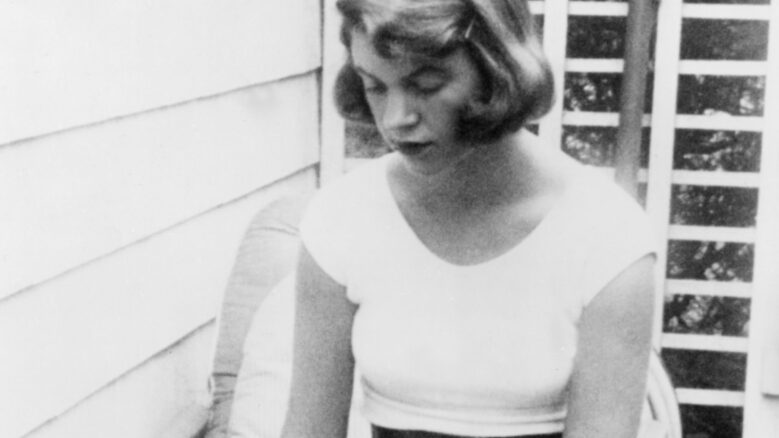
An acclaimed poet and author of the novel "The Bell Jar," Sylvia Plath included “Mushrooms” in her first poetry collection, "The Colossus and Other Poems." The poem’s three-line stanzas and enjambment are typical of her early style. The subject matter is also characteristic: as Elisa New says, “Sylvia Plath's father was a biology professor, and her mother, his collaborator in writing scientific monographs. Plath studied botany, and she kept bees. And with her husband, Ted Hughes, she roamed the woods, filling her journals with observations of natural phenomena.” Image courtesy of Everett Collection.
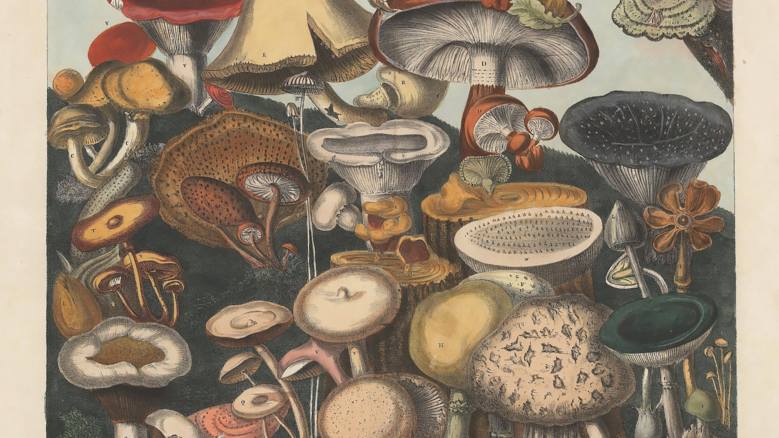
Plath’s “Mushrooms” compares the quietly multiplying power of the disenfranchised to the hold that fungi have over plants and animals, rocks and minerals. She predicts that, ultimately, the fungi shall have the last laugh. "...we are meek, / We are edible, / Nudgers and shovers / In spite of ourselves. / Our kind multiplies: / We shall by morning / Inherit the earth. / Our foot's in the door." Image credit: Biodiversity Heritage Library, Lloyd Library and Museum.
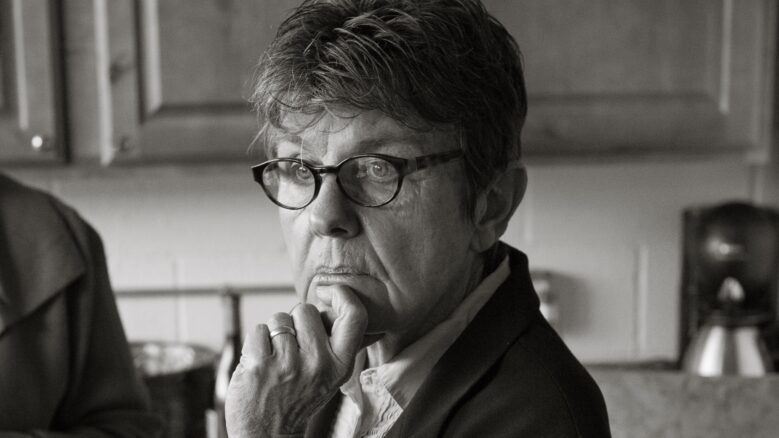
In contrast to Plath’s dream of fungal takeover, poet Kay Ryan seems to see in mushrooms not our incipient rulers, but our eventual liberators from the monuments of mankind's ambitions: “the whole palette / of dusts and powders / of the rot kingdom / ... the way we / love construction, / they love hollowing." Image courtesy of Don J. Usner
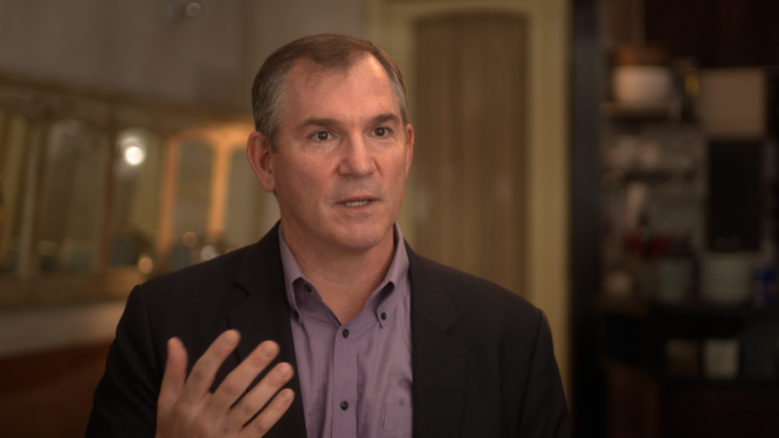
According to New York Times columnist Frank Bruni: “[Mushrooms] are stealthily powerful. They take over garbage areas and ruin cities.” Unlike humans – who create empires, monuments, and art – fungi destroy.
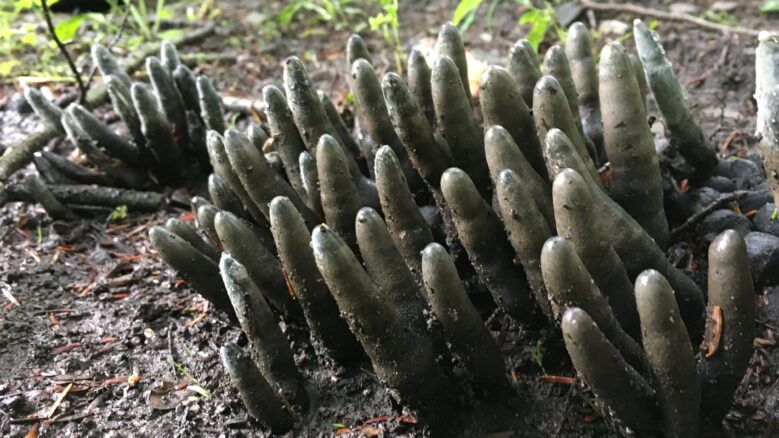
Some mushrooms can be quite alarming. Xylaria polymorpha, commonly known as Dead Man’s Fingers, is likely to give you a fright if you encounter it in the woods. But have no fear: there isn’t a corpse just below the surface. You are merely encountering the separated digits of the fruiting body. (They are also mildly poisonous—so if, on seeing the hand of a corpse emerging from the ground, your first thought is “this might be an edible mushroom,” resist temptation.) Image courtesy of Great Smoky Mountains National Park.
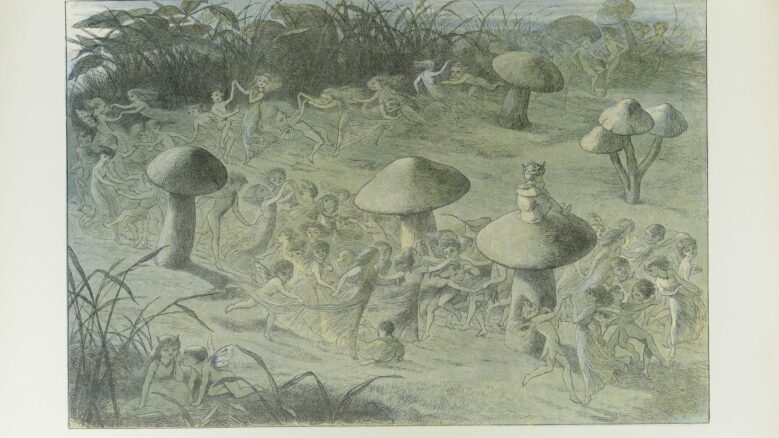
Mushrooms have always seemed inscrutable, almost otherworldly, to the human imagination. Across cultures and throughout history, we see them as home to creatures of myth and legend. Pictured above, fairies dance among large mushrooms. Image courtesy of the Toronto Public Library.
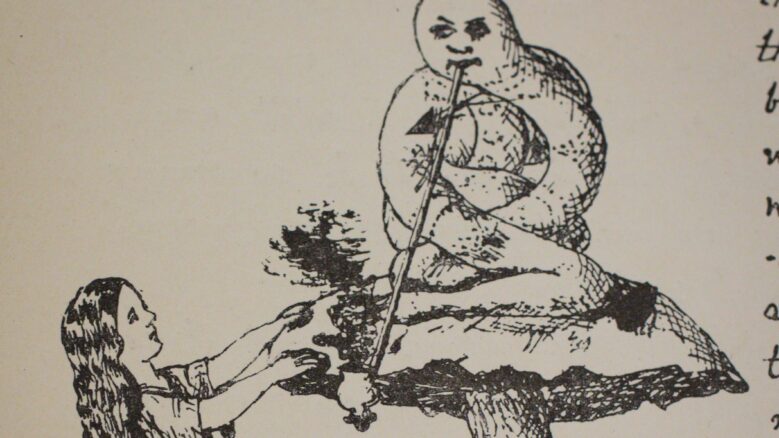
Alice (of “Alice in Wonderland”), soon after being shrunk to the unideal size of three inches, meets a hookah-smoking caterpillar who lives atop a mushroom. She asks him if she might be able to regain her human size. Understandably, he finds her vertical complaints offensive, being only three inches tall himself. He declines to help and Alice's adventure continues. Famously, the caterpillar is lampooned in the music video for “Don’t Come Around Here No More” by Tom Petty and the Heartbreakers. Image courtesy of ASU Library, Arizona State University.
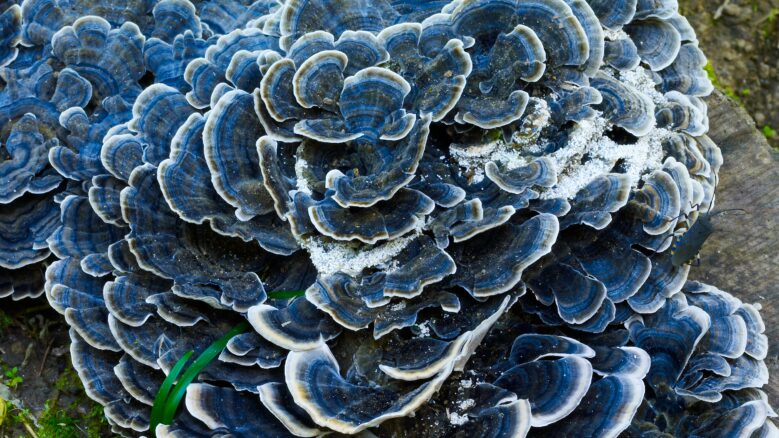
Many mushrooms have curative properties. Advocates of Turkey Tail (or Trasmetes Versicolor) claim that it supports the immune system, gut, and liver health, protects DNA from damage, improves athletic performance, and even has benefits for pets. Image credit: "TrametesversicolorJI2" by Joi via Wikimedia CC BY 3.0 https://tinyurl.com/nhk4thh7
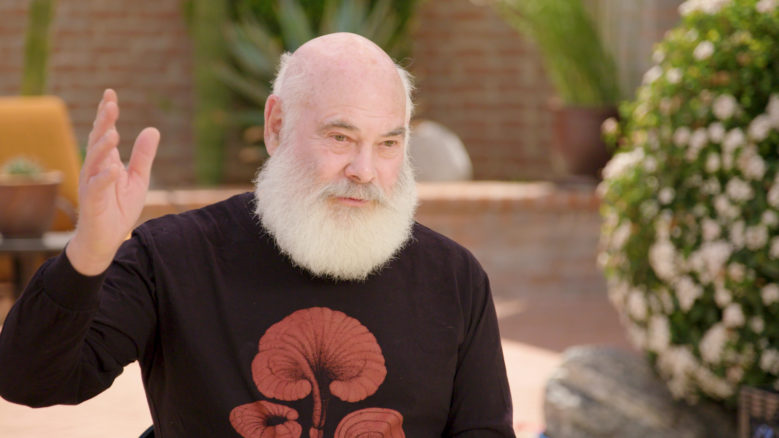
According to Dr. Andrew Weil of the The Andrew Weil Center for Integrative Medicine, the fungal world inspires strong reactions: “Mushrooms are not neutral. The entire world can be divided into mycophilic and mycophobic cultures. That is, those that love fungi and enjoy them, and those that fear them and hate them and shun them.”